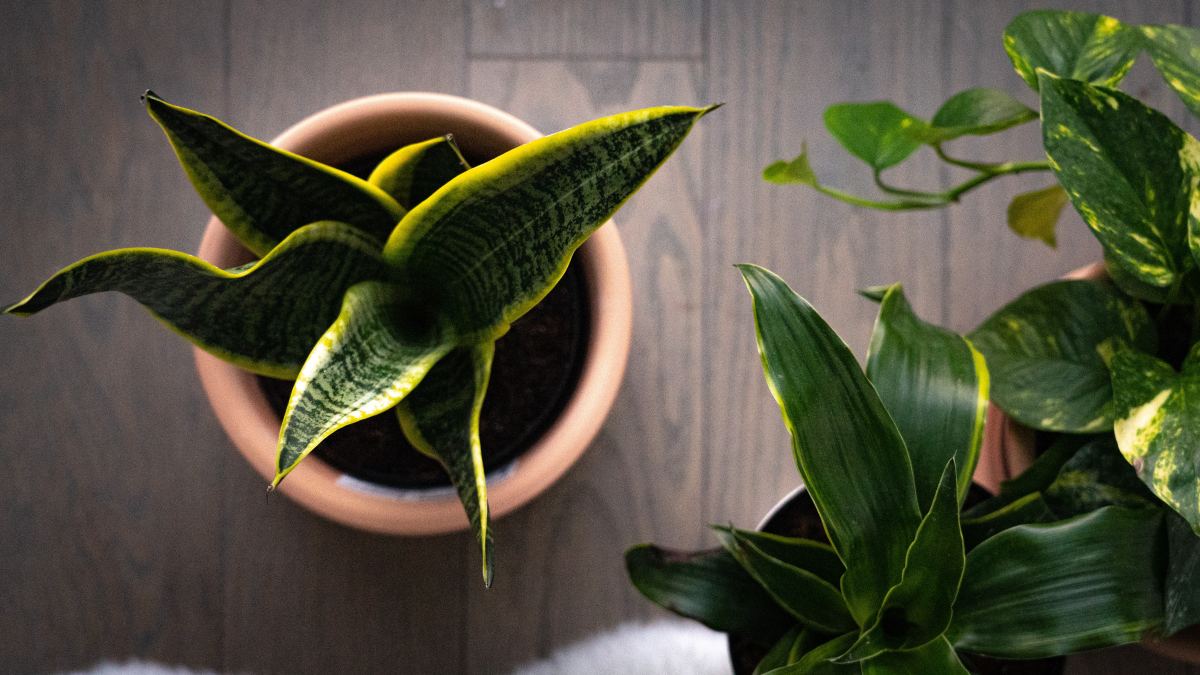How Snake Plant Leaves Turning Yellow can Save You Time, Stress, and Money.
Wiki Article
A Biased View of Snake Plant Leaves Turning Yellow
Table of ContentsSome Known Questions About Snake Plant Leaves Turning Yellow.Fascination About Snake Plant Leaves Turning YellowThe Facts About Snake Plant Leaves Turning Yellow Uncovered6 Simple Techniques For Snake Plant Leaves Turning YellowSome Ideas on Snake Plant Leaves Turning Yellow You Should Know
Here are seven reasons your snake plant's fallen leaves might be transforming yellow and exactly how to fix it. A number of various plant problems can trigger yellow fallen leaves, or chlorosis. Chlorosis happens when plants don't have the micronutrients they need to generate chlorophyll, which makes foliage environment-friendly and permits plants to convert sunlight right into food.Serpent plants are dry spell forgiving thanks to their succulent fallen leaves. Snake Plant Leaves Turning Yellow. These plants grow best in loose, well-drained soil that's allowed to dry entirely between waterings and may only need water once monthly during wintertime. Overwatering can prevent origins from absorbing wetness and nutrients that the plant needs and can even trigger root rot
A potbound plant can not take in nutrients from the dirt. If your serpent plant is overcrowded or outgrowing its pot, this might be the cause of yellow leaves.
See to it the plant has bright, indirect light and continually cozy temperatures, and water only once the soil has actually totally dried. Maintain an eye out for issues and capture them beforehand to maintain your plant looking healthy and balanced and gorgeous.
The Ultimate Guide To Snake Plant Leaves Turning Yellow
If the fallen leaves on your snake plant are obtaining soft, it's usually an indication of too much water. Serpent plants shop water in their fallen leaves and if they're overwatered, the fallen leaves can come to be soft and mushy. If you believe your snake plant is being overwatered, permit the dirt to dry totally before sprinkling once more.Yes, some yellowing is regular and to be expected on older fallen leaves, especially as serpent plants age. If the plant is otherwise healthy and the fallen leaves are just gently yellowed after that there is no reason for concern. If the leaves are significantly yellowed or if there are various other signs of distress then it's ideal to take activity.

This can differ depending on the size of the pot, the kind of potting mix, and the temperature and humidity levels. In general, serpent plants must be sprinkled every one to two weeks. Throughout the winter season, you go to this web-site can lower watering to when a month. If you believe your snake plant has actually been overwatered, the first action is to stop sprinkling it.
Some Known Incorrect Statements About Snake Plant Leaves Turning Yellow

The snake plant is a great houseplant. The snake plant is one of those plants that are wonderful for growing indoors in a terrarium, Serpent plants can grow rather big, yet they likewise often tend to be pretty low-maintenance. That doesn't suggest you shouldn't take notice of their appearance. Suppose your near the bottom due to an absence of nutrients or other troubles.
When the soil is overwatered, the plant cells absorb more water than they can save. Review below to Leaves become soaked and yellow as they take in extra water. Drooping serpent plant fallen leaves are triggered by soaked-up fallen leave navigate here cells losing their firmness. You might discover that your snake plant will certainly end up being black or brown if the yellow patches are not fixed by correcting overwatering.
It is, for that reason, more most likely that your plant will certainly find yellow patches on its fallen leaves if you overfeed it with plant food during wintertime. The leaves of serpent plants are also susceptible to yellowing when overfed, particularly if the roots are vulnerable. Repotting your yellowing, sprinkling only when the soil dries out, and offering optimum temperature and light conditions can save it.
The Greatest Guide To Snake Plant Leaves Turning Yellow
To stop yellowing caused by overwatering, stop watering the snake plant until the soil completely dries out. Water your snake plant only when the top 2 inches of soil really feel dry.Your can be gotten rid of by reducing off the yellow ideas - Snake Plant Leaves Turning Yellow. The pruned leaves should expand longer if they are watered correctly and have optimum light and temperature problems. It is necessary to remember that the sharp suggestions will not regrow, creating them to stand out from the remainder of the fallen leaves
Alternately, you can get rid of affected leaves from the base of the plant. The vital message is to allow the serpent plant time to recuperate.
Scroll the post till the end to locate the option. Pay attention to this post here: content The situation can be expected if you have actually had your serpent plant for a very long time, and yellowing occurs on the lower leaves as a natural aging cycle. Additionally, it prevails for the Sansevieria leaves to transform yellow as a result of novice mistakes and when the plant is simply gotten from the nursery for repotting.
Little Known Facts About Snake Plant Leaves Turning Yellow.
Some of one of the most typical reasons are listed here. Sansevierias like dry climates and prefer little water kept at a void of one or two times once a week in summertime and monthly in winter. But when the water dosage obtains out of control, your Sansevieria will experience overwatering. One of the most usual trouble provided by overwatering is origin rot causing mushy roots and stems with a foul scent.Report this wiki page